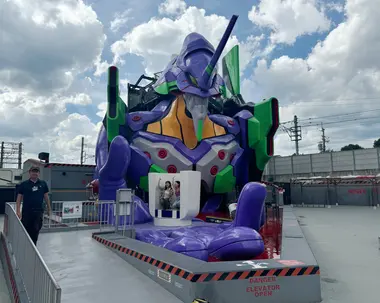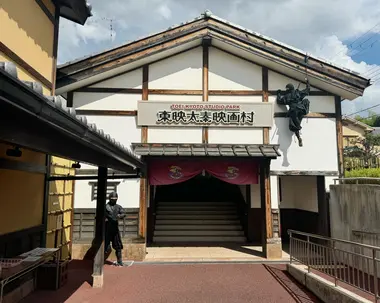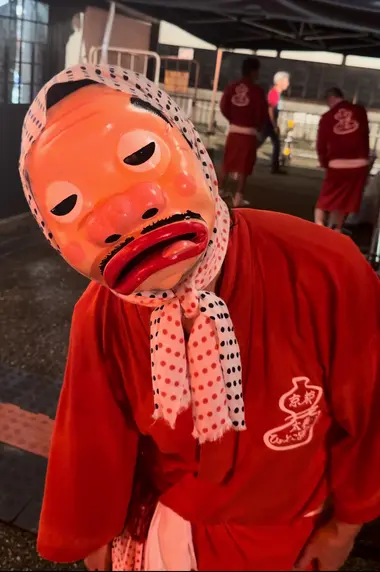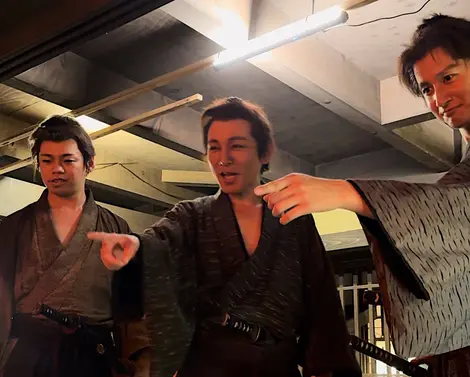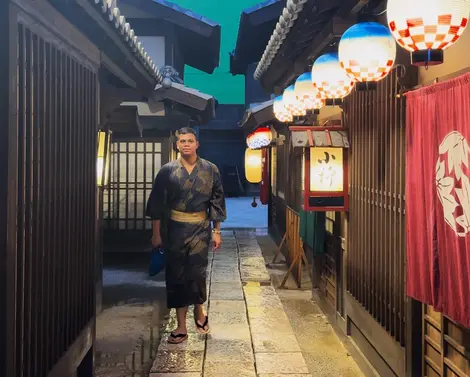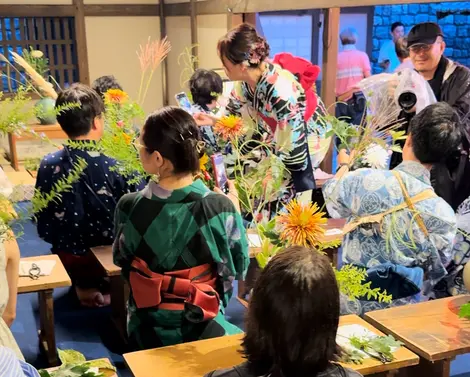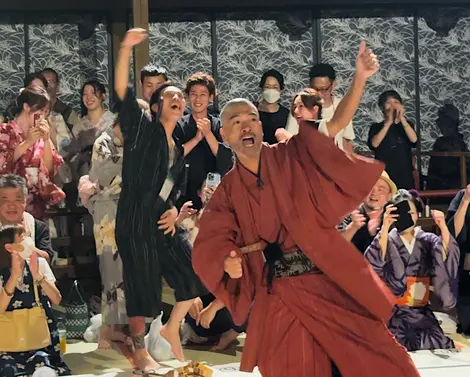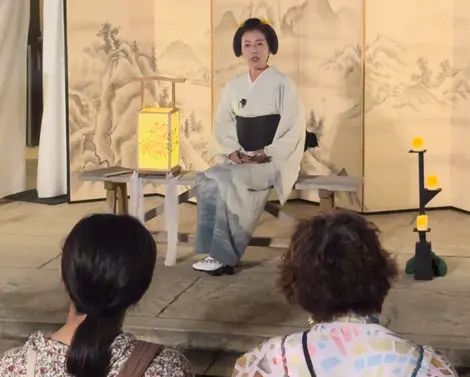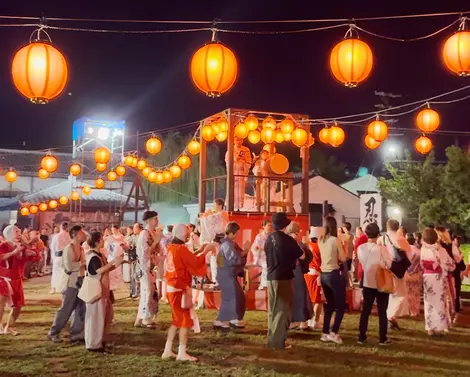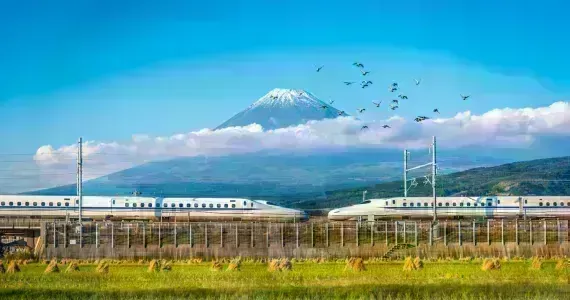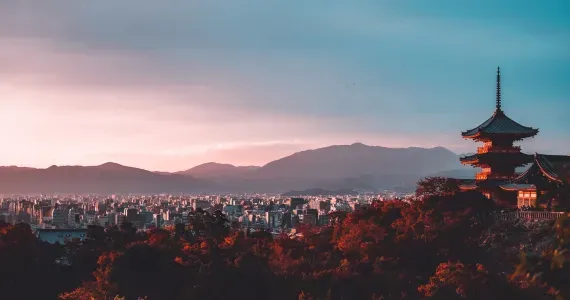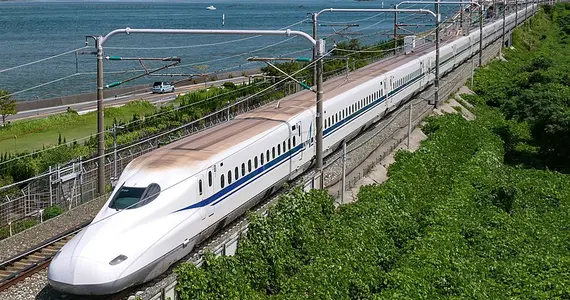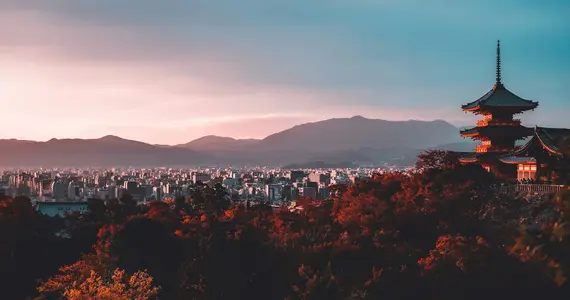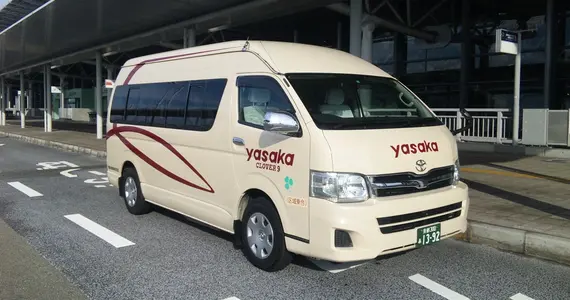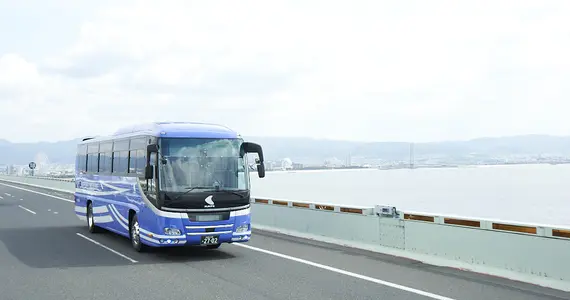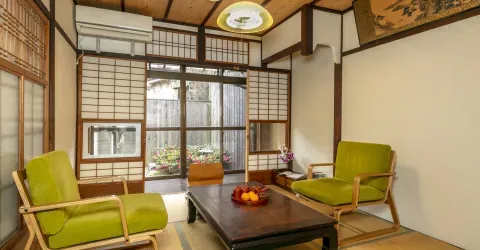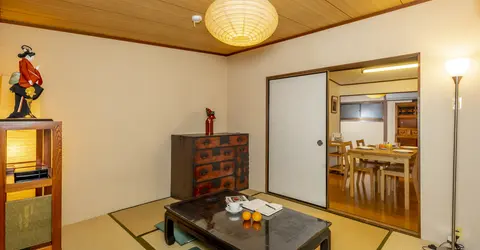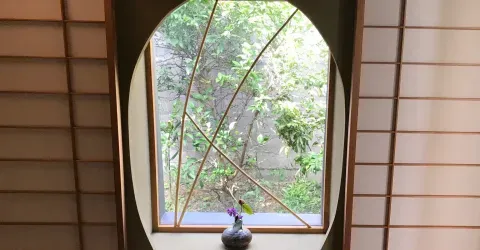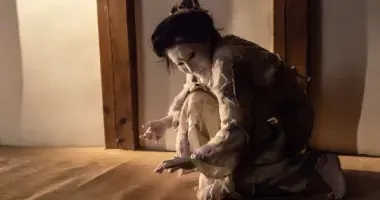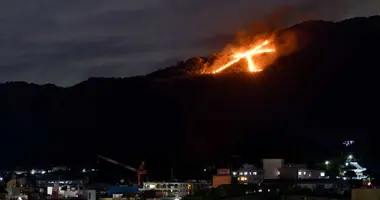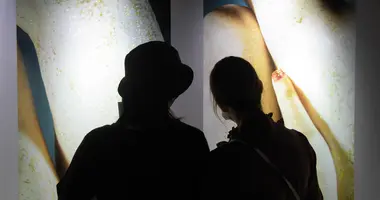The Uzumasa Edo Sakaba Festival: Immerse yourself in historic Japan
- Published on : 24/09/2024
- by : Joshua
- Youtube
The Uzamasa Edo Sakaba Festival held at the Toei Eigamura in Kyoto provides a unique and historic experience based on Edo Period Japan!
Prior to the Meiji Restoration, Japan was in an era known as the “Edo Period.” At this time, Japan was a nation developing economically and culturally, albeit independently from the rest of the world, and instead of modern-day Tokyo being the capital, the Emperor resided in Kyoto. Much of the media-centric image of Japan is largely associated with this time period, with wooden-constructed, traditional architecture, roaming samurai and swordsmen, Geisha-centric entertainment, and paper lamp-illuminated streets.
The Uzamasa Edo-Sakaba Festival provides a unique experience that immerses visitors within this time period, with actors portraying varying roles reflective of this image of old-school Edo, from the righteous to the rough. Indeed, at the Edo-Sakaba, great pride is taken in portraying the Edo Period in a way that is both authentic and cinematic, with non-stop fun and attractions standing next to gritty and mature yet lighthearted interpretations of the seedy underground that films with the setting seldom shy away from.
From the screen to real life
Toei Eigamura in Kyoto is a theme park created by Toei Animations, the world-famous production studio renowned for works such as the anime versions of One Piece, Dragon Ball, and more! At this park, historic Japan has been recreated with a number of attractions around, such as a haunted house, traditional Japanese entertainment shows, interactive experiences with famous media franchises, and more! Visitors can even have the chance to don the attire of a traditional samurai and learn katana techniques. Toei Eigamura simultaneously functions as a live movie and TV set, meaning that park patrons may have a chance to witness filming in progress. It’s at this park that the Uzamasa Edo Sakaba takes place. To fully fulfill this dynamic and cinematic feel, the Toei Eigamura finds itself as the perfect host, and once the sun sets on the day of the Edosakaba, the park transforms into the nightlife-filled Kyoto of antiquity.
An immersive experience like no other
You would be hard-pressed to find a festival or event quite like the Uzamasa Edo Sakaba. One of its defining features is that it fully embraces the seedier elements of the Edo Period, portraying a Kyoto where culture is on the up, but a seedy underground also follows.
Ikebana (Japanese flower arrangement) lessons happen in one building, while simulated gambling occurs in another. Delicious street food is sold at stands with all-you-can-drink sake available at every corner. At the center, an Awa Odori dance circle is reminiscent of more “typical” festivals, but nearby, Edo-period ghost stories are presented by a professional orator. Simply explaining the Edo Sakaba on paper is not enough to capture the distinct vibe of the event itself.
The actors prioritize their showmanship just as much as authenticity, playfully reacting to modern technologies like smartphones with a playful ignorance as well as using more time-period-accurate language when speaking. Fully adorned with makeup and traditional garb, seeing them walk around the park grounds with the traditional architecture surrounding is uncanny in how legitimate it feels. To further the feeling of authenticity, guests can also rent yukata (casual, cotton versions of kimono) to participate in the festivities with traditional attire themselves! During cooler months, guests can even dress in actual silk kimono for a one-of-a-kind experience!
There are multiple Edo Sakaba events throughout the year, and depending on the season, the aesthetic and events for the night change.
Edo Sakaba goes to great lengths to highlight the prominent beauty of surrounding Kyoto at that given time, be it the light, blush pink of sakura in spring, festive and warm summer nights, or the gorgeous glow of changing leaves in autumn.
Event information
The Edo Sakaba event is held over a two-day period three times a year: once in spring, usually in April, one in summer, usually in August, and then one during autumn, usually held in November. Tickets grant access to one of the allotted nights for the event. There are two types of tickets available: one or only admission to the event for 7,000 yen, and then one with all-you-can-drink sake for 10,000 yen, with a special, complimentary ochoko (sake cup) included. Note that, due to the nature of the event having alcohol and depicting relatively mature subject matter, the Edo Sakaba is limited to guests who are 20 years of age or older.
Food tickets can be purchased at the event at a rate of 3,000 yen for five. Any unused tickets will be refunded at the end of the event. Food and beverage offerings vary by season, and the number of tickets required depends on the menu at each stall. The official website will have more information on the schedule of events for each night, as well as information on how to reserve and book tickets.
The Toei Eigamura Park is just a 15-minute walk from Hanazono Station and just a five-minute taxi ride from that same station. Many go to the Toei Eigamura Park via bus from central Kyoto as well. For the Edo Sakaba, the standard entrance to the park is not accessible. Instead, the main entrance to the visitor center is where guests will line up and check in. For all-day fun, buying a ticket for both the Toei Eigamura Park during the day and then the Uzamasa Edo Sakaba entails an unforgettable experience.
Take a look at the official website here in both Japanese and English for information on the upcoming Uzamasa Edo Sakaba and to order tickets!

